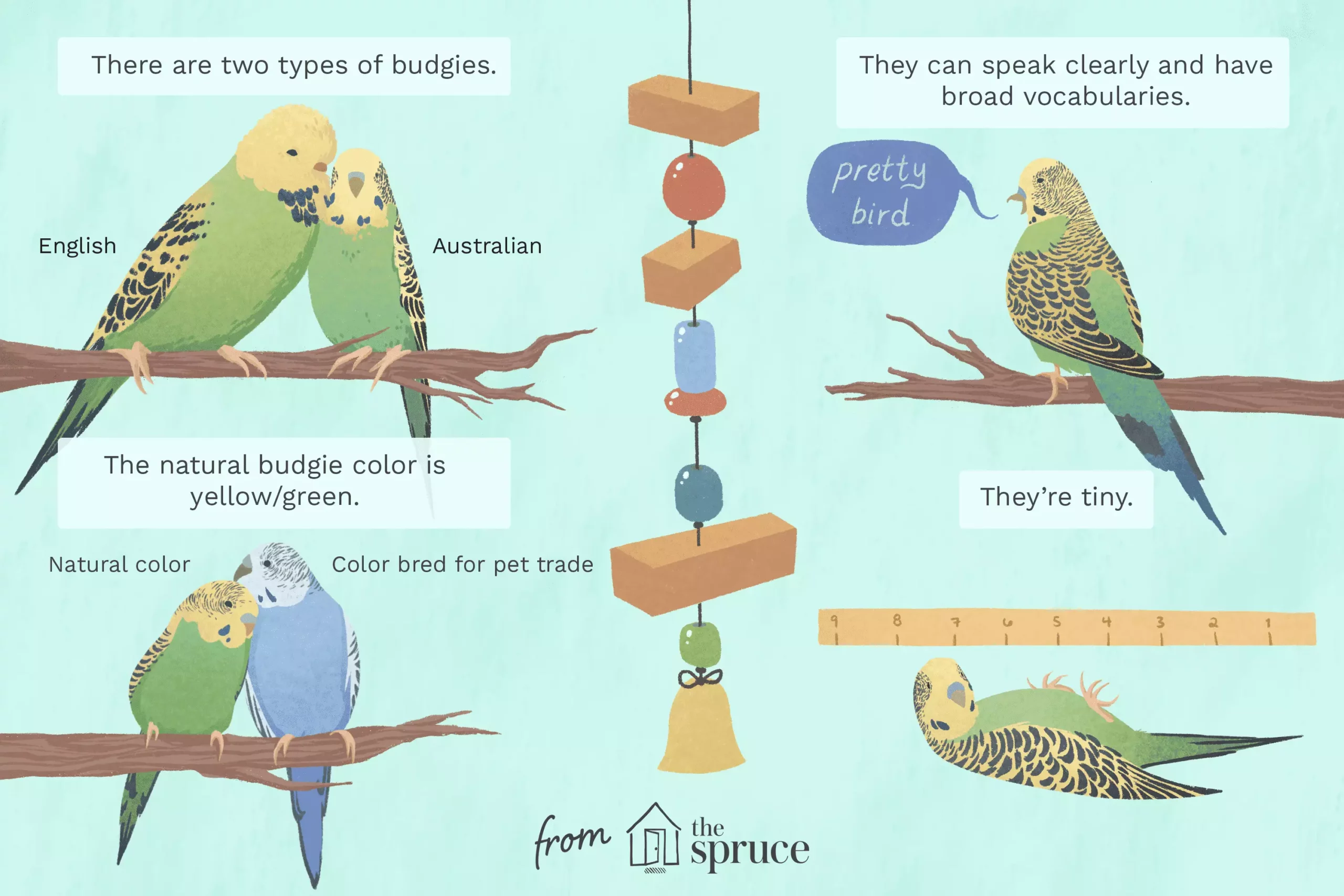Budgerigars, commonly known as budgies, are small, colorful parrots that have gained immense popularity as pets around the world. While many people might refer to them simply as parakeets, it is important to understand the distinctions between budgies and other types of parakeets. This article seeks to delve deeply into various aspects of budgerigars, their care, characteristics, and what makes them unique as companions.
The confusion surrounding the terms “budgerigar” and “parakeet” is prevalent among bird enthusiasts and casual pet owners alike. All budgies fall under the parakeet category, but not every parakeet is a budgie. Parakeets refer to a diverse group of small to medium-sized parrots known for their long tails and often vibrant plumage. Within this broad classification, budgerigars stand out as the most renowned typologies due to their attractive looks and sociable nature.
Budgies are indigenous to Australia, and in the wild, they predominantly display a yellow and green coloration. In contrast, a myriad of color mutations has been developed through selective breeding for the pet trade, resulting in an array of vibrant hues including blue, white, and even albino variations. By understanding this distinction, potential budgie owners can appreciate the unique genetic traits that contribute to these charming birds’ beauty.
When discussing the size of budgerigars, it is crucial to note that there are two primary categories: traditional budgerigars and English budgies. Traditional budgies, native to Australia, are typically smaller, measuring around 7 to 8 inches from beak to tail. In contrast, English budgies, selectively bred for the show circuit and pet trade, can be up to 10 inches long. This distinction is significant, as English budgies tend to possess larger heads and more pronounced feathering, contrasting sharply with their Australian counterparts.
The size variation is not merely aesthetic; it also influences the behavior and personality traits of the birds. The larger English budgies often have gentle dispositions that can make them easier to handle, especially for novice bird owners, whereas the traditional Australian budgerigars may display bolder and more energetic characteristics.
One of the most attractive features of budgerigars is their remarkable vocalization ability. Contrary to popular belief, these small birds are adept at picking up human speech, often outperforming larger parrots like macaws or cockatoos in clarity and vocabulary. Though their voices may possess a gravelly tone, many budgies can engage in lively conversation, making them appealing pets for those interested in avian communication.
It is worth noting that a budgie’s ability to mimic sounds and words is not guaranteed. Factors such as individual personality, socialization, and training all play significant roles in their success at learning speech. This unique capacity makes budgies delightful companions, capable of forming rich interactive experiences with their human caretakers.
Caring for a budgerigar extends beyond simply providing companionship; it requires attention to their dietary needs. Many prospective budgie owners mistakenly believe that a seed-only diet suffices for their feathered friends. However, a diet predominantly composed of seeds can lead to nutritional deficiencies and health issues in budgies.
Veterinarians recommend a balanced diet that includes high-quality pellets, fresh vegetables, and an assortment of fruits, while seeds can be given as occasional treats. Leafy greens should particularly feature in their diet. It’s also crucial to avoid harmful foods, including chocolate, caffeine, and avocado, which are toxic to birds.
Providing a proper diet is essential, as budgies can live anywhere from 7 to 15 years with appropriate care. A focus on wellness not only improves their health but also enhances their overall behaviors and sociability.
Longevity and Care: Ensuring a Happy Budgie
For any prospective budgie owner, understanding the requirements for maintaining a healthy, happy pet is vital. To enhance their longevity and quality of life, owners should ensure regular veterinary check-ups, a clean living environment, and mental stimulation through toys and interaction.
Budgies benefit from social environments and thrive when they engage with their human families. Owners should also monitor their birds for signs of distress, such as excessive itching during molting, and provide bathing opportunities to alleviate discomfort.
Through dedicated care, a budgerigar can become a cherished member of the household, delighting its owners with its cheerful demeanor and charming communication skills. The journey from a casual interest in pets to becoming a devoted budgie owner can be both rewarding and transformative, revealing the intricate beauty of these small but captivating creatures.

